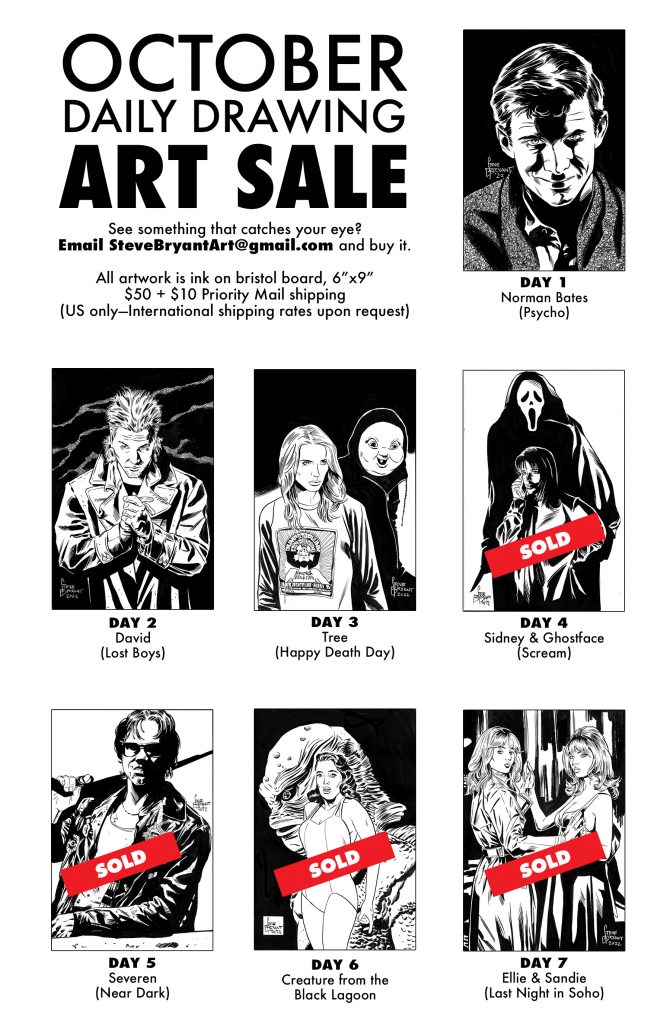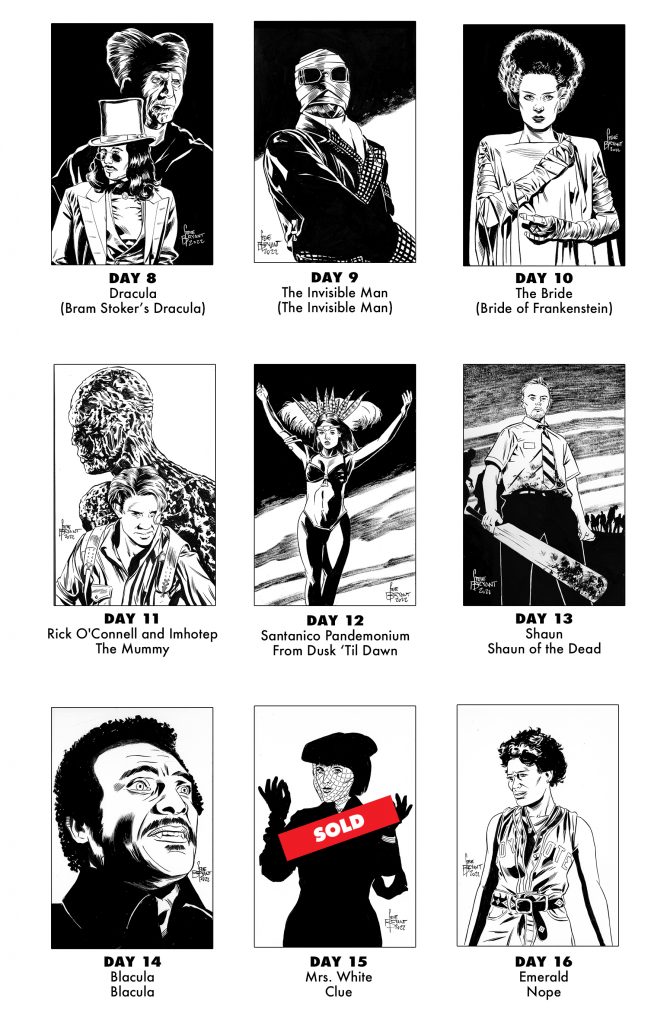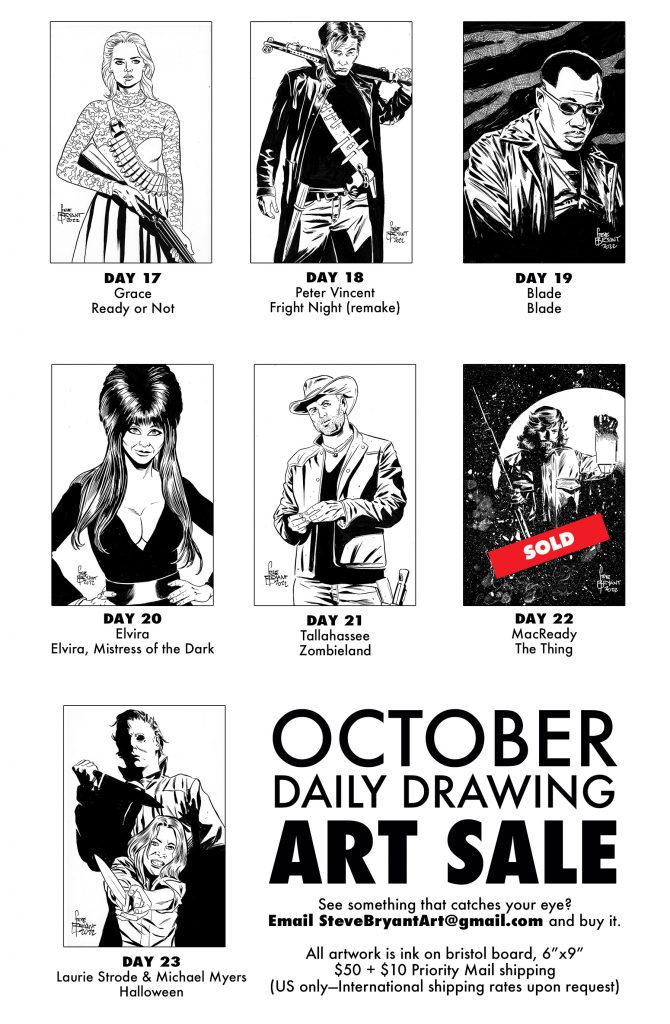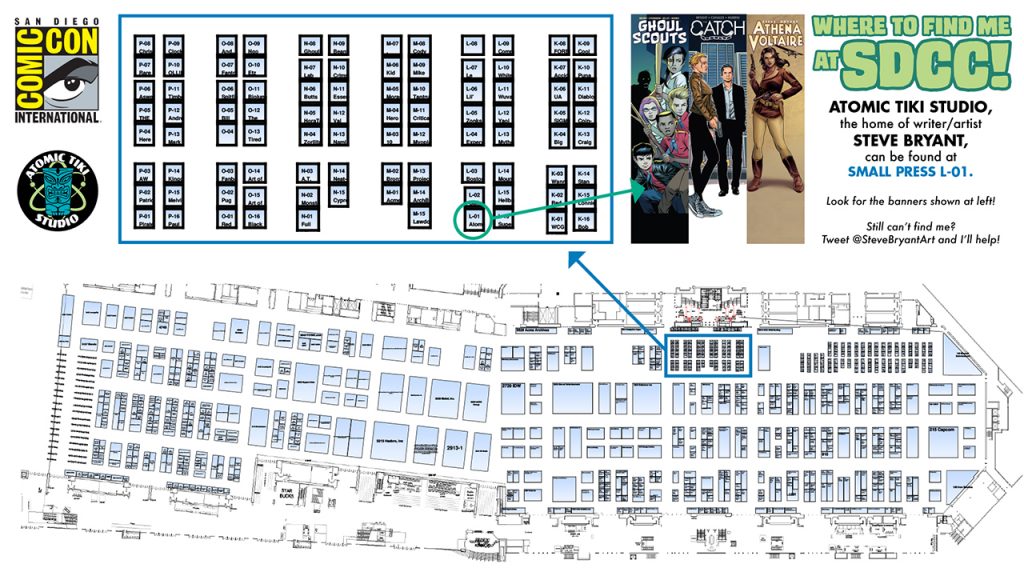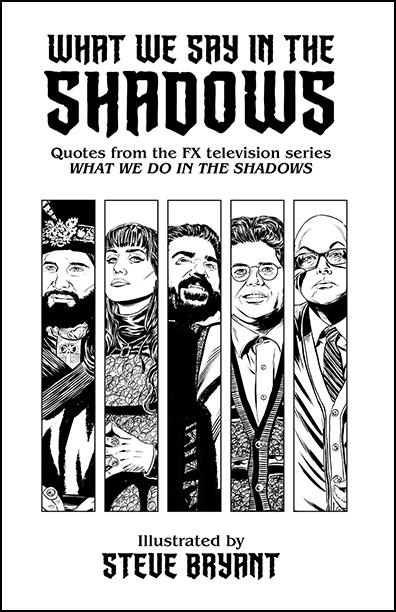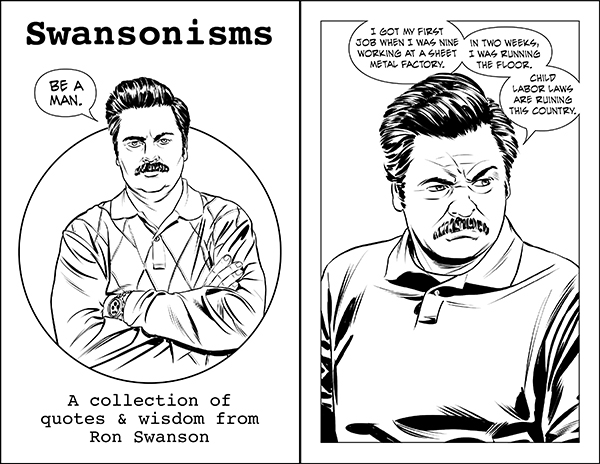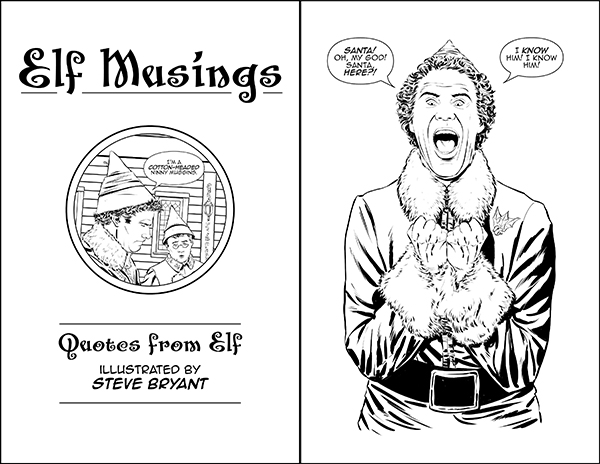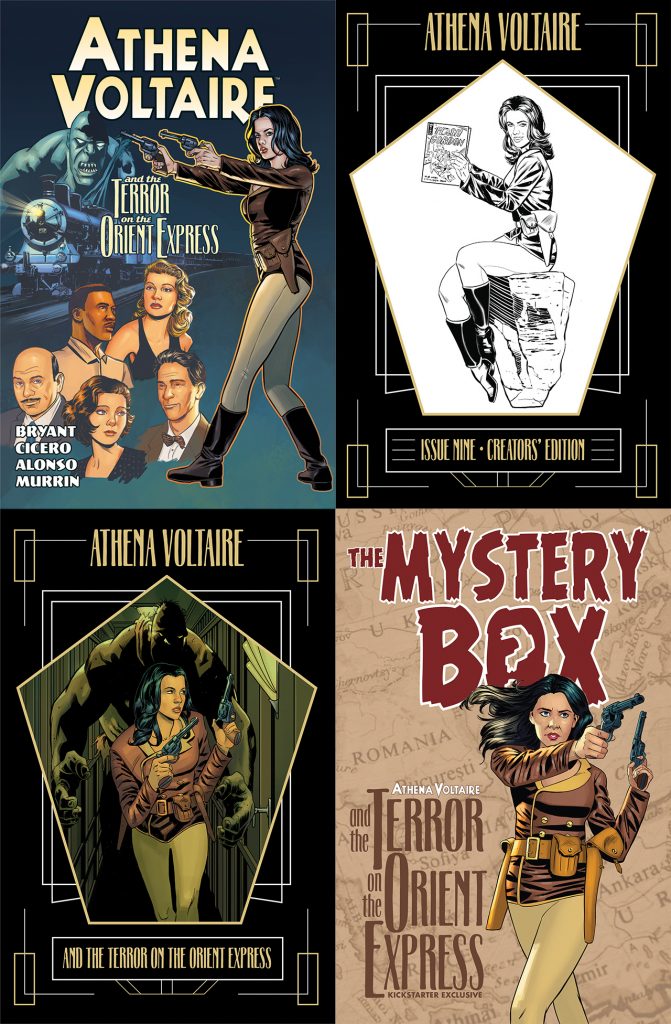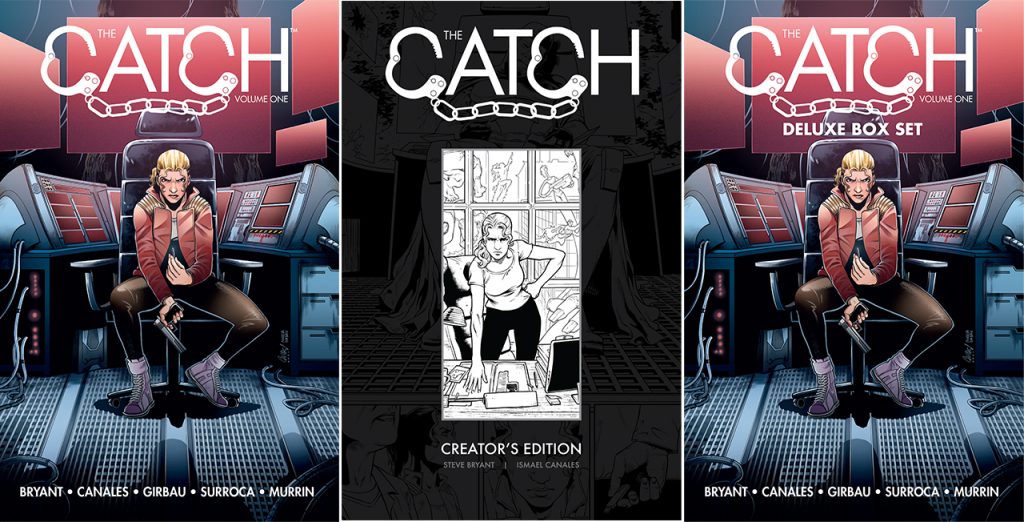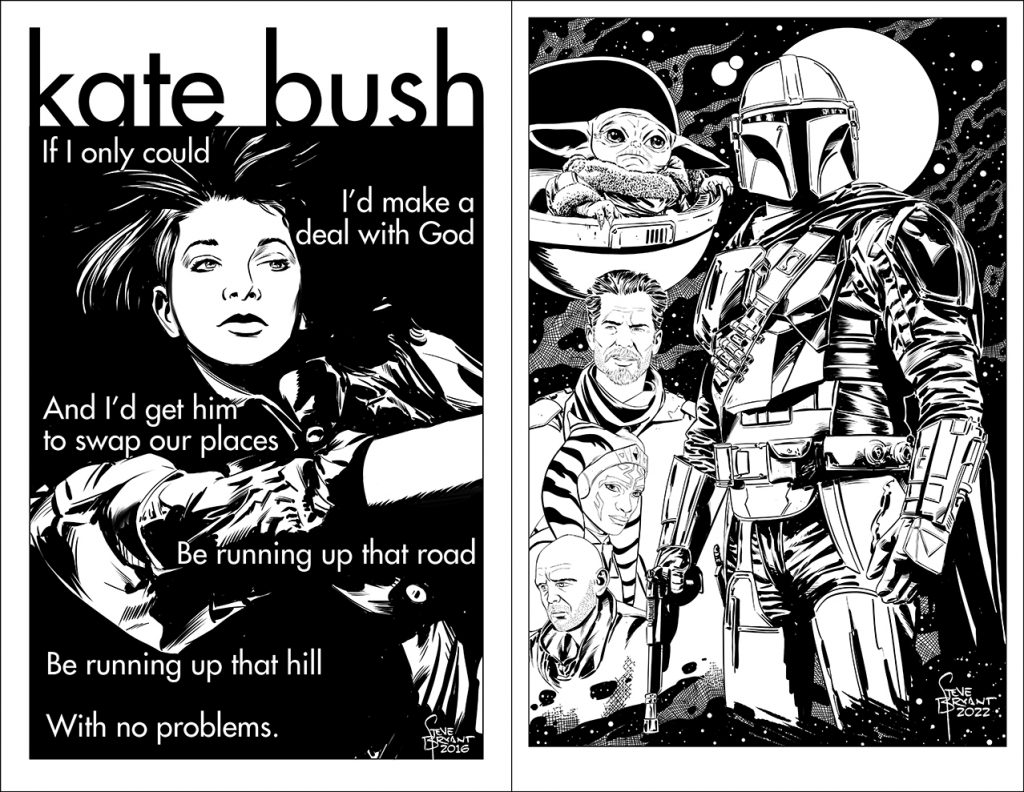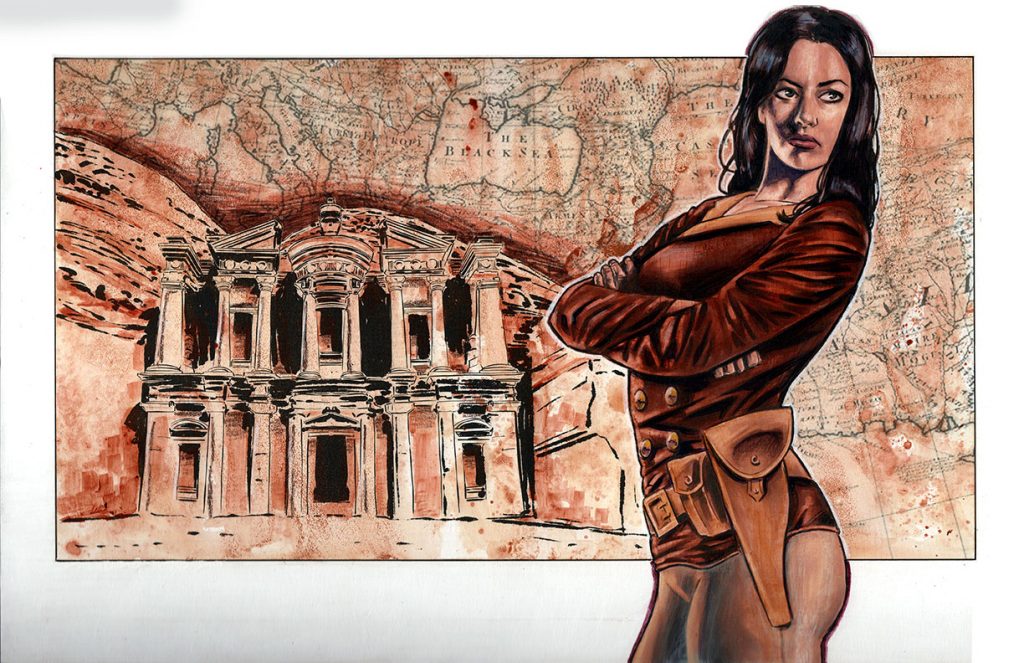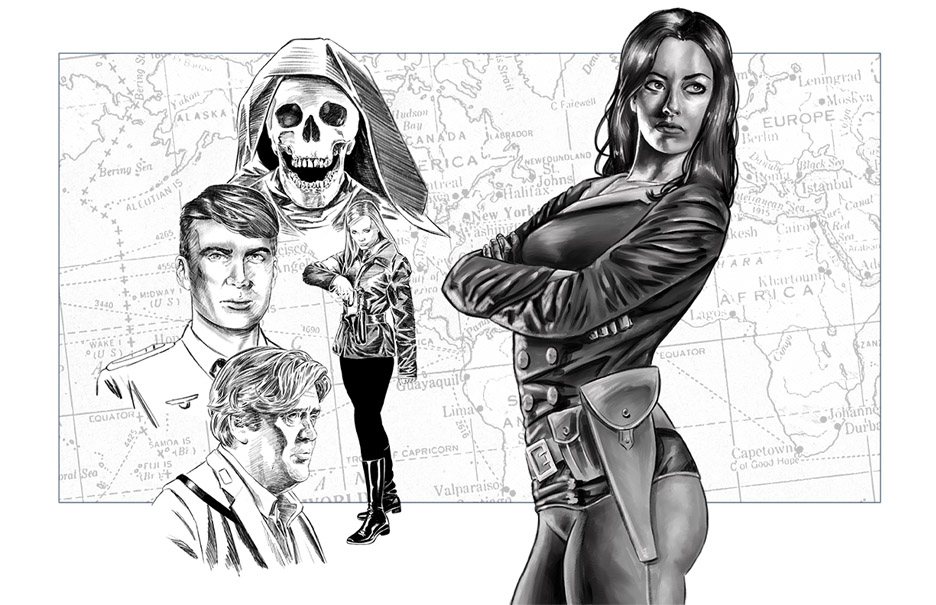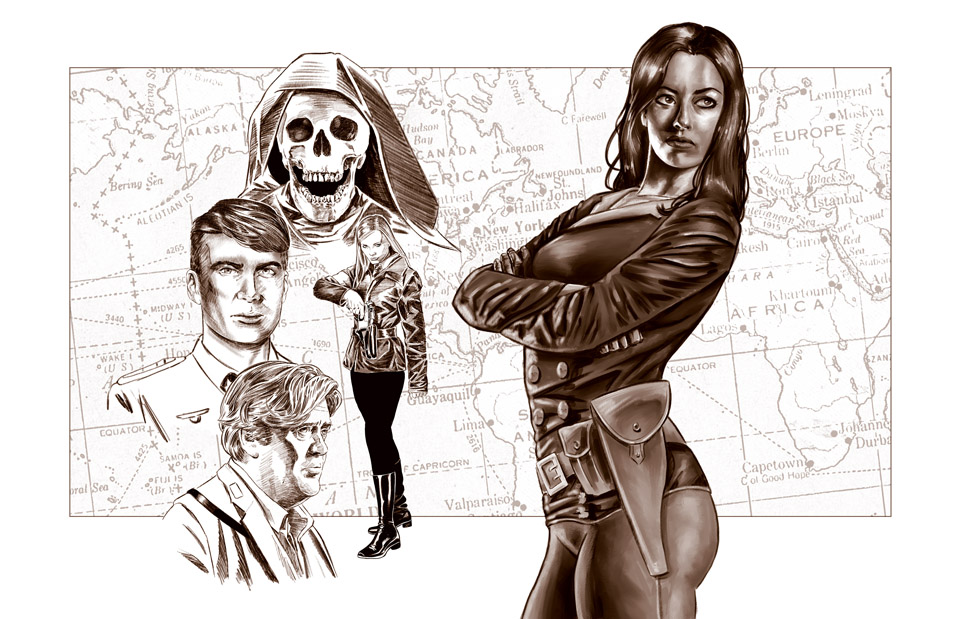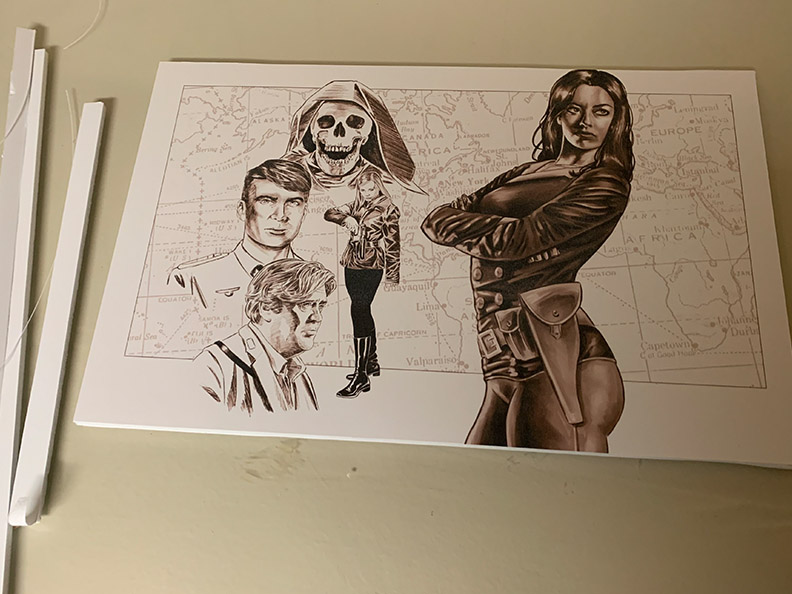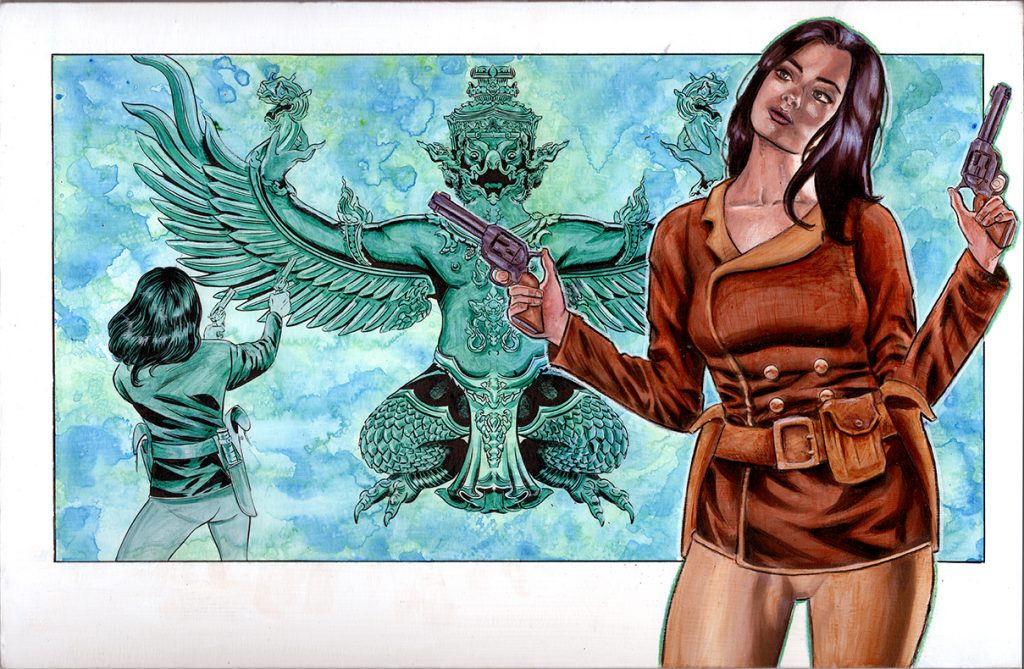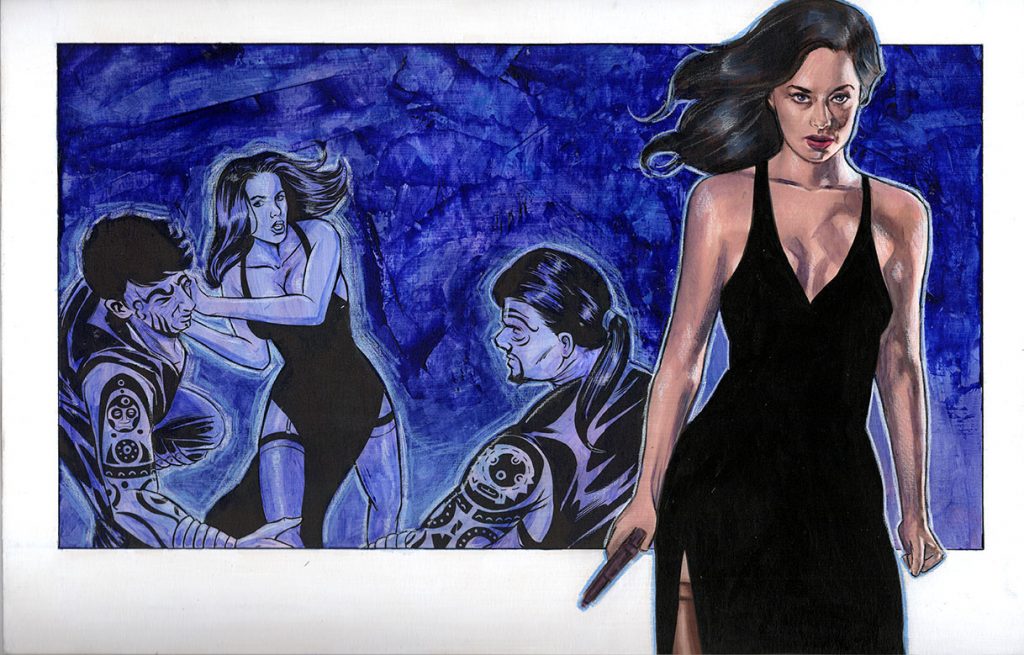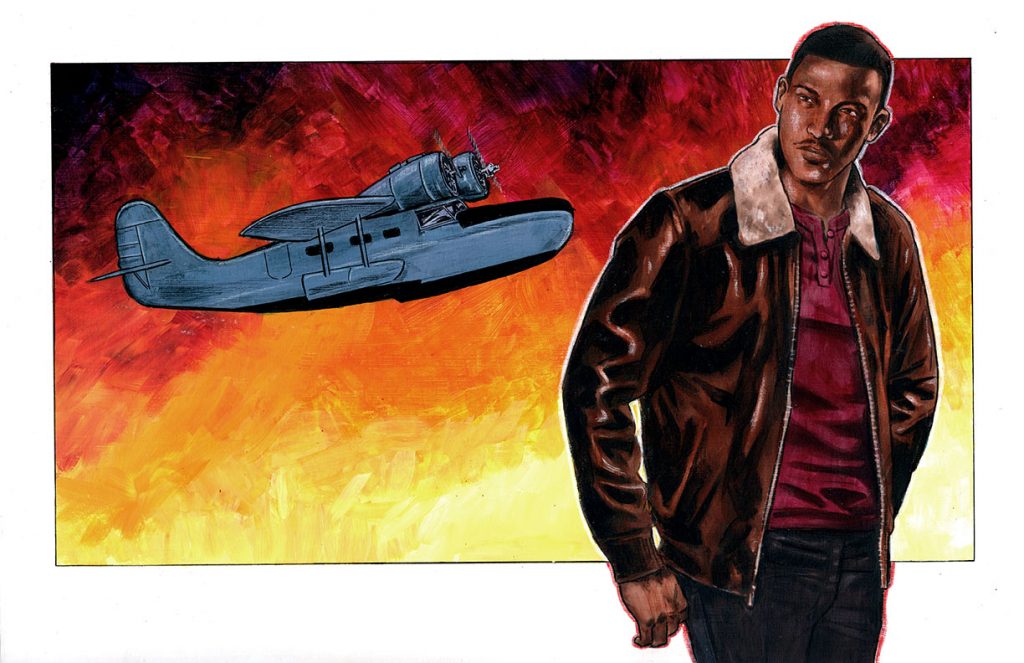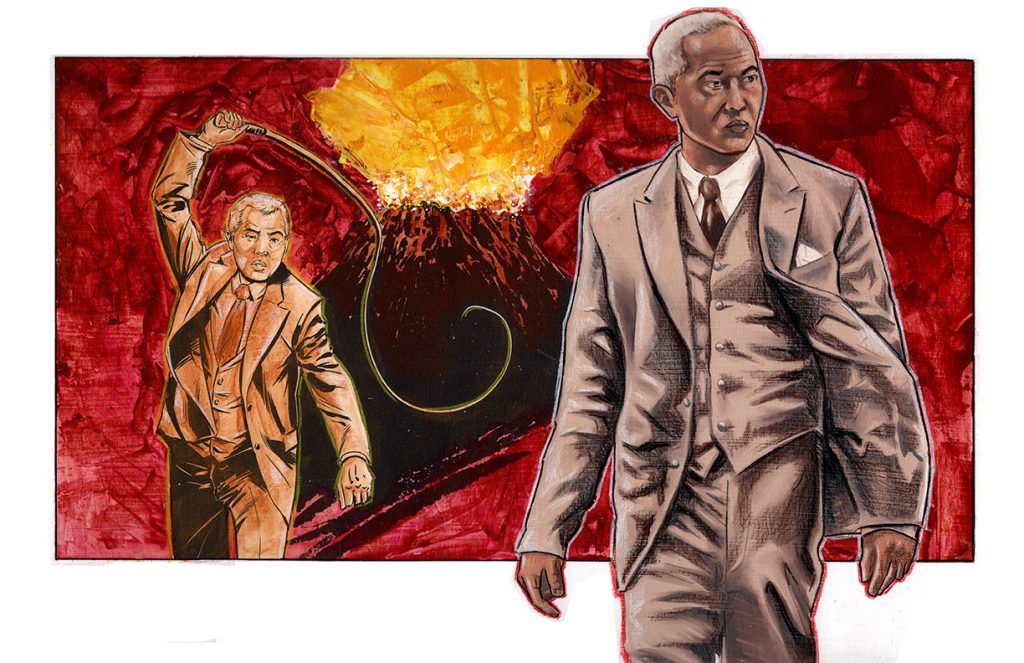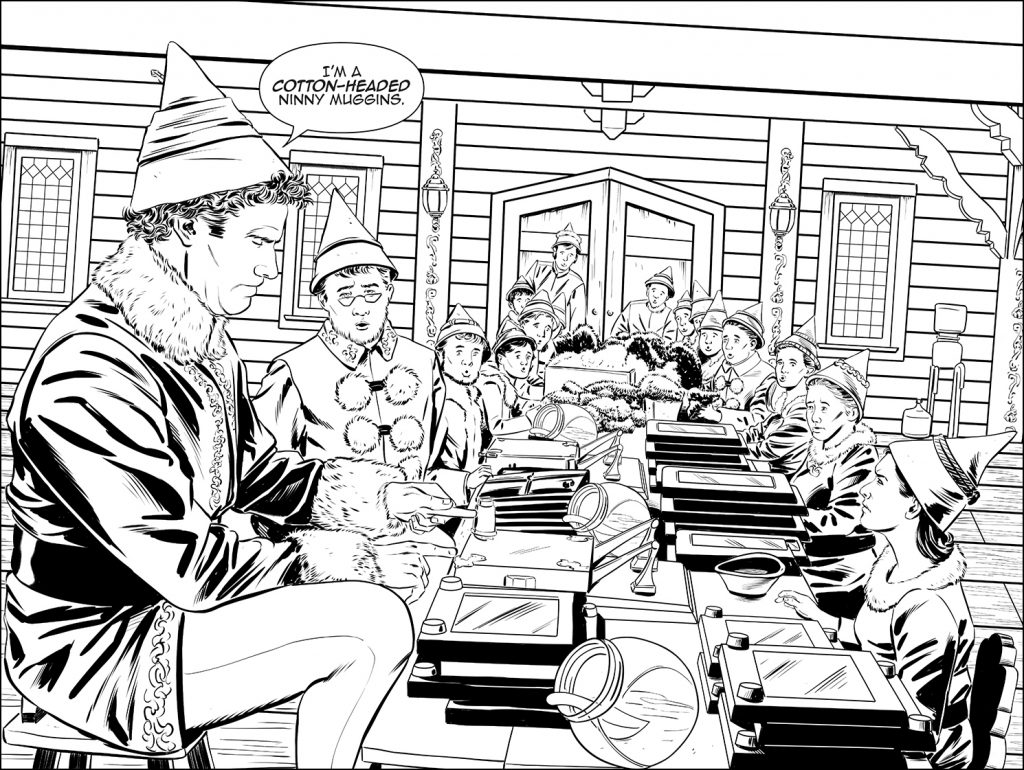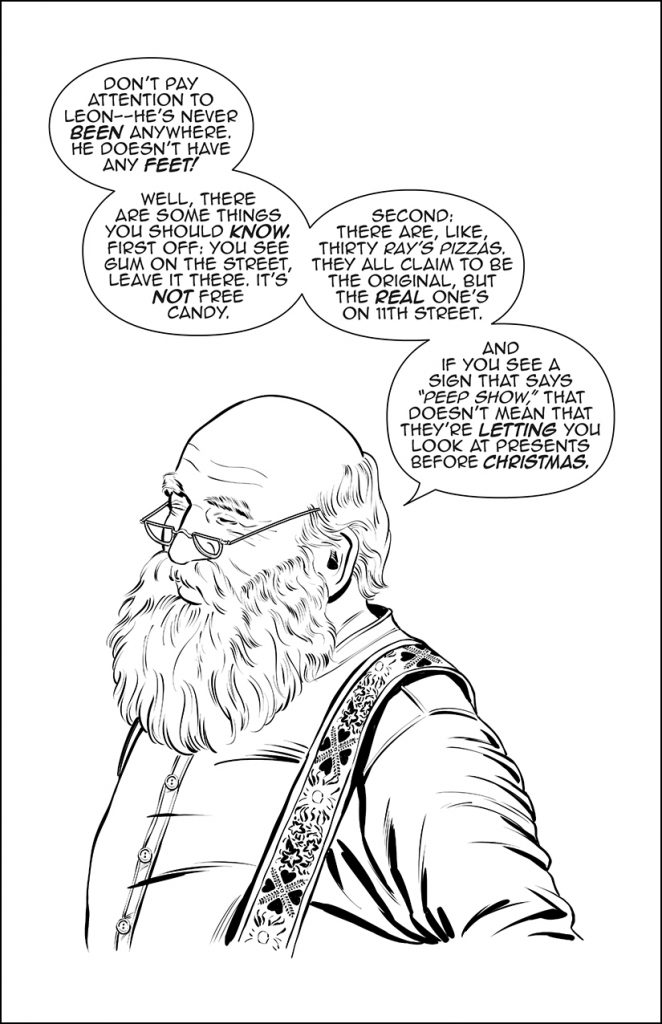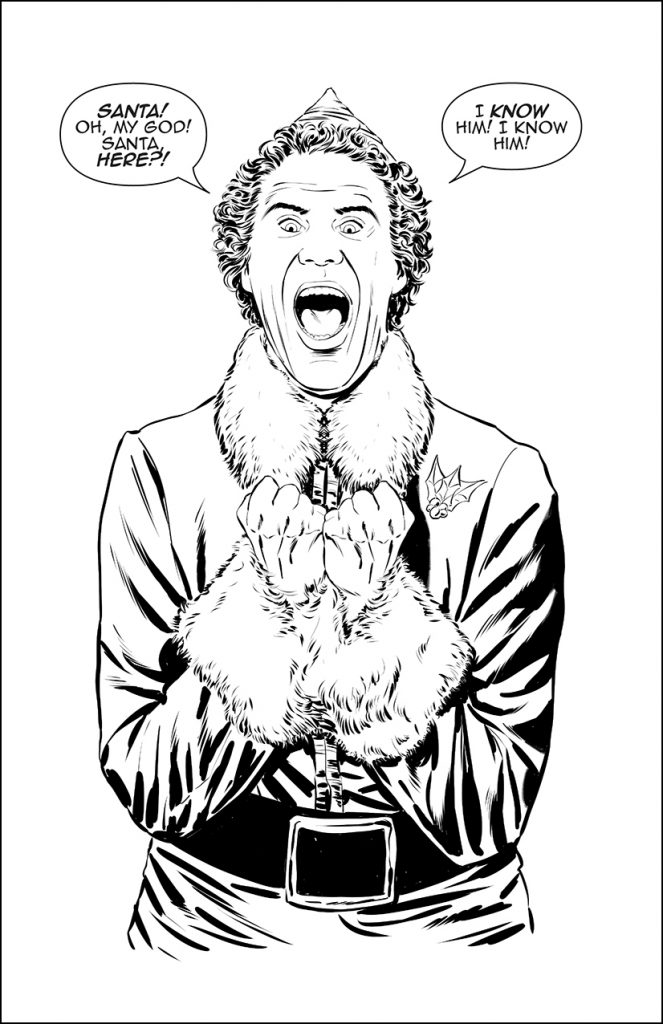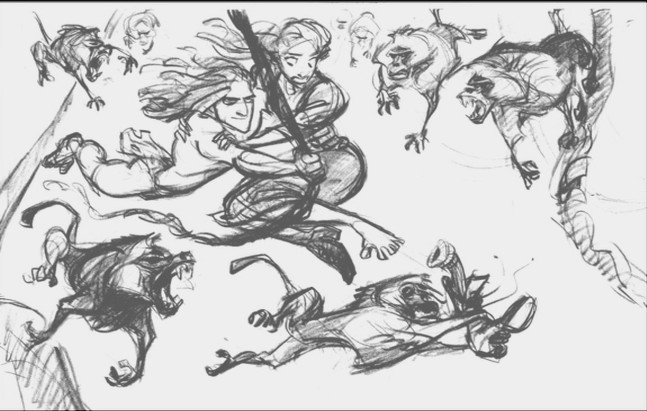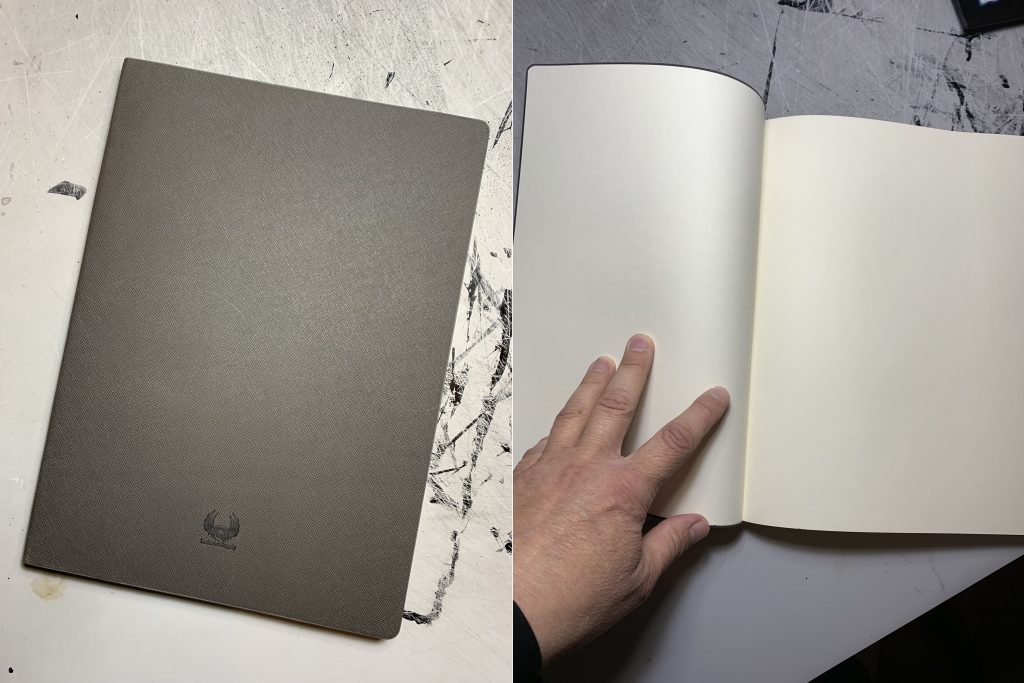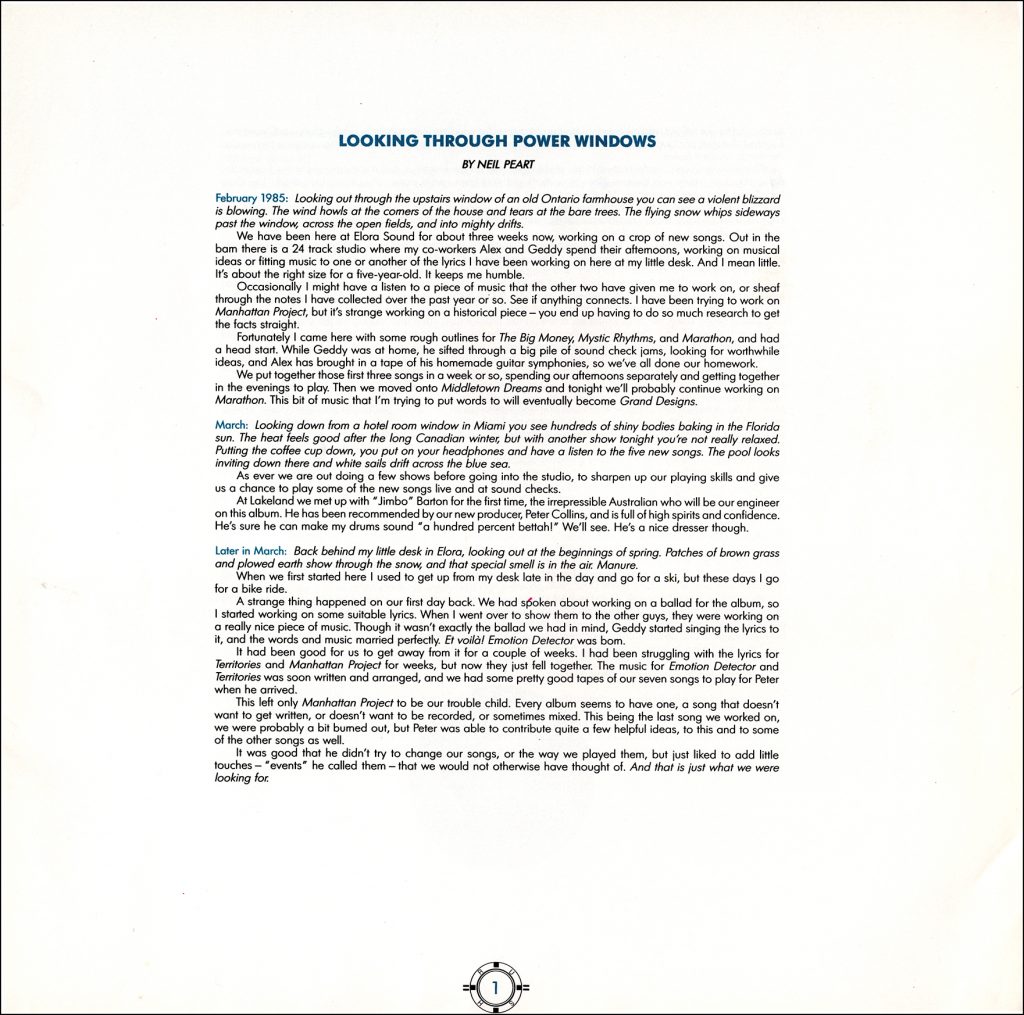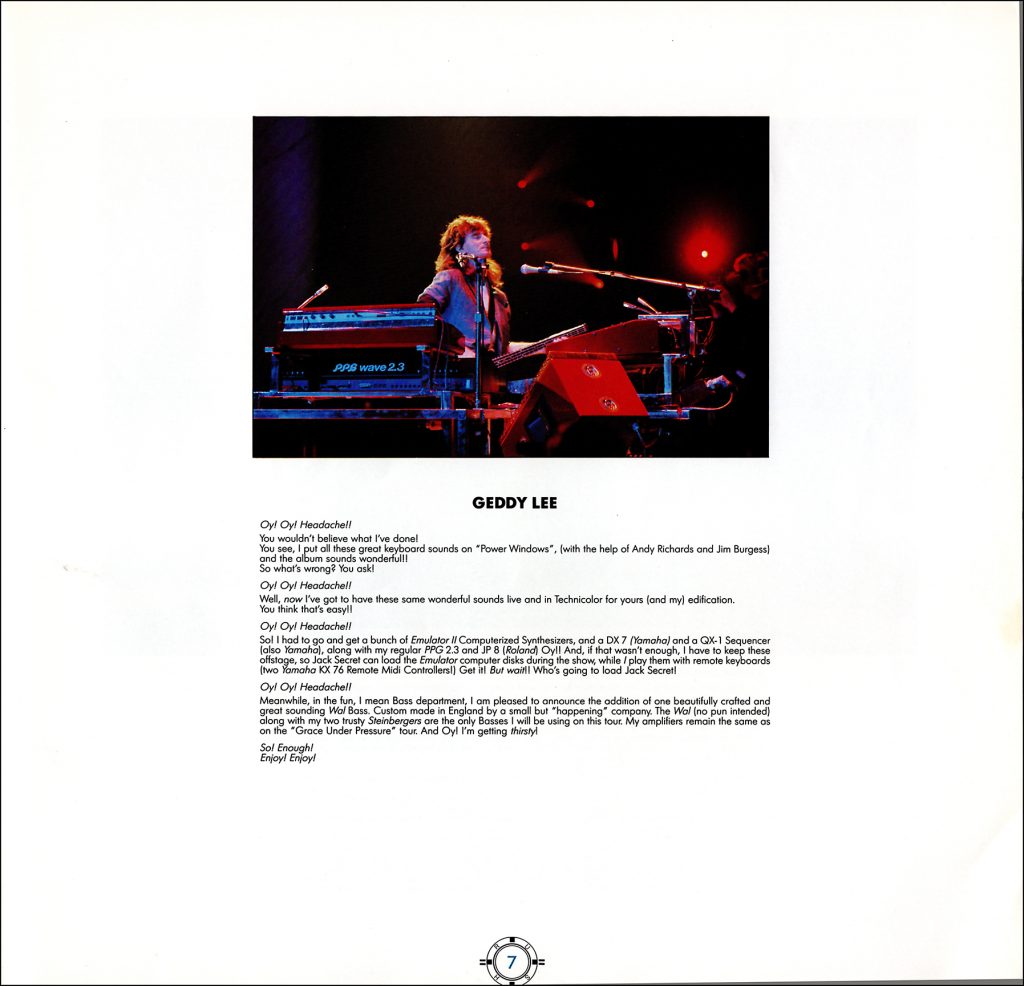I’ve been thinking a lot about the Direct Market, crowdfunding, and publisher relations. I’ve had books solicited in the front of the Diamond catalog and in the back. I’ve had relationships with publishers where everyone I signed on to work with was edged out of the company.
I haven’t landed many work-for-hire gigs, and the ones I’ve gotten have been under bad circumstances (my dad having a stroke and dying during my first gig for a publisher, low rates, or an editor on his first book and a 4-week deadline).
But I’ve built a loyal audience for my niche and have been lucky/fortunate/blessed to see that support demonstrated in my crowdfunded books.
No comics publisher that set out to be an IP farm has ever succeeded.
I’m talking about the publishers that only publish creator-owned/shared ownership books, control the ancillary rights, and pump out new series after new series, growing exponentially.
I’m not talking about the publishers that carefully curate a limited line of books, and I’m not talking about companies that boast a diverse line of licensed and creator-owned books, statues, toys, art books, lunchboxes, etc, like Dark Horse, IDW, and Boom Studios.
The IP farm publishers fall into 2 categories:
1) Those backed by outside funding. These companies are created with the specific intention to launch film and television projects. Their books read like proof-of-concept for screenplays.
With the outside funding, these publishers can offer page rates on creator-owned and shared-participation books. Instead of a back-end deal for no guaranteed money, creators can be paid for their work as they do it.
Publishers in this category have a few staff members/executives who will end up attached to every project that’s greenlit. These are the Chief Executive Officers, Chief Creative Officers, etc. They’ll get a producing credit (and fee) before the creators of the books do.
They get investors who see those big MCU dollars and convince them to fund an IP farm. Maybe one or two books get optioned, but that’s as far as it goes. Eventually, they run out of investor funding and the company folds, or declares Chapter 11 until new investors are found. When this happens, the creators are usually the ones on the hook with unpaid invoices, or the rights to their IPs are tied up with the company’s bankruptcy, or both.
2) Publishers that pay creators on back-end, but control the publishing and media rights for the books.
Their appeal is that of “legitimacy.” Comic fans and creators have been trained to believe that only books distributed to comic shops (usually thru Diamond) are professional. Every month, you see celebratory social media posts like, “Woohoo! I’m in Previews this month!” from creators all over the world.
That promise of validation allows IP farm publishers to take advantage of creators with predatory contracts that don’t really get them anything. These contracts give the publisher a stake in the ancillary rights, and, frequently, control over those rights, too.
Sometimes, the publisher works with an agent to shop the IP. Other times, they have in in-house person. This allows the publisher to keep the agency percentage.
These publishers, without page rates to pay, gobble up properties almost indiscriminately, like Gollum coveting the Precious, and frequently end up with books in competition with themselves. Kid mystery books? Sure, let’s publish three! Girl-with-jetpack books? Two is even better than one!
Not only does this cannibalize the audience—pitting the publisher’s books in direct competition with one another—it dilutes the appeal of the book, by making each one less unique. Readers get their fix after picking up 1, 2, or 3 different series and move on, dropping them all.
So why do these publishers do this?
Simple. The more books they have, the more opportunities to pitch. If they get that meeting, they come in with their war chest of dozens of titles. “Oh, you don’t like that one, how about this one?” on and on and on down the line.
To an IP farm publisher, quantity is the appeal. Instead of curating a line and creating a unique publishing voice, they take the shotgun approach, hoping that one of the many, many IPs they control will get traction. It doesn’t matter to the publisher which one hits; they get paid just the same.
Creators are interchangeable. The books and characters don’t matter as much as the potential revenue.
Series and creators aren’t cultivated or developed by these publishers. Instead, they’re seen as “content creators” generating fuel for the constant churn to chase potential media revenue. Comics are just a means to an end. “Content” is the currency that drives the machine.
What is a creator to do?
I’ve made more money in crowdfunding than I did in 15 years of working with Direct Market publishers. The problem is that fans, conventions, and other creators frequently see crowdfunding as less legitimate than working with even the smallest publisher.
In a successful crowdfunding campaign, the cost of printing books is covered. Once printed, every book sold at a con is pure profit, instead of buying a book for 50% of cover price from the publisher and paying for shipping—meaning you make about $5 on a book w/a $15 cover price.
The problem is what to do with all those books. Just selling at shows won’t move the entire inventory. That print run of 500, 1000, or more takes up a lot of space. And a few successful campaigns can necessitate renting storage space to house it all.
The obvious answer is to distribute through Diamond, Lunar, etc.
The problem is that you’re a comic creator. You got into this to create comics. Sure, crowdfunding generates some money, but it’s a ton of work on top of creating comics—the reason you’re here in the first place. To add the tasks and responsibilities of being a publisher to your already busy schedule of creating and crowdfunding would mean that you’d end up doing a lot less creating. A lot.
I’ve thought before about how the ideal solution would be for a bunch of like-minded self-publishers/comics-crowdfunders to band together and function as a publisher. Everyone does their own thing, gets their books printed on their own, and solicits as a group.
Realistically, though, that’s a tax and accounting nightmare. And it’s completely unrealistic in terms of division of labor. Who is the point person for distributors? Does one person handle Diamond and another does Lunar? What if one person is late on fulfillment?
Not a realistic solution. It just wouldn’t work.
I’ve wondered if there’s a publisher out there would would be willing to take on books that have been crowdfunded and printed, functioning, essentially, as a distributor to Diamond and Lunar. It’s a turn-key operation for them. No risk in terms of print cost.
For the creator, the print run is paid for, and it makes use of additional stock beyond what can be sold at shows. That’s worth splitting revenue from the Direct Market and sparing the creator a ton of hassle.
For instance, look at my book The Catch. It’s printed on 80 lb paper with a 12 pt cover, both heavier stock than used by most small publishers. It’s designed like that because I wanted to make a beautiful book. The print run is also already paid for.
Take a small publisher who has a small line of books. Another book gives them another solicitation in the Direct Market catalogs without the risk of generating more printing bills (because it’s already printed). It gives them more catalog visibility, again, without risk.
What about the publisher’s brand? If you’re self-publishing, the publisher you’re partnering with doesn’t have their logo on the book.
Again, using The Catch as an example, there’s any empty space on the back cover where a sticker with the publishing partner’s logo could go.
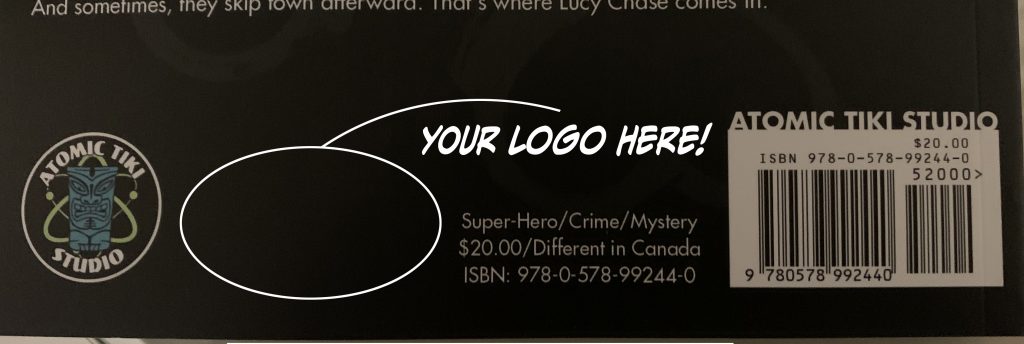
Sure, it’s not a perfect idea. There are a couple of potential pitfalls:
1) The publishing partner wouldn’t get any of the media rights. Because of the potential value of these, this is a sticky subject, even though, as demonstrated above, IP farms don’t work.
2) Launching a new series in the direct market works best with serialization first, as it allows the publisher and creator to promote each issue before the collected edition comes out. That continued promotion, and seeing issues on the stands, creates increased visibility.
Releasing a trade without 4–6 months of individual solicitations, tweets, instagram posts, newsletter mentions, etc is risky. Instead of promoting the book every time a new issue solicits and again when that issue is released, promotion is limited to one solicit and one release.
But does that really matter? The collected edition’s print costs are paid for, and each copy sold is already at a profit. It’s an instantly evergreen book that a publisher now has in its library, and can be resolicited a couple of times during the year. And subsequent volumes can drive the sales of the first volume (again, “evergreen”).
I dunno. It makes sense to me.
Full disclosure: I’ve jumped into bad publishing deals more than once and that informs my stance. Maybe I’ve just made bad choices or had bad luck, though.

